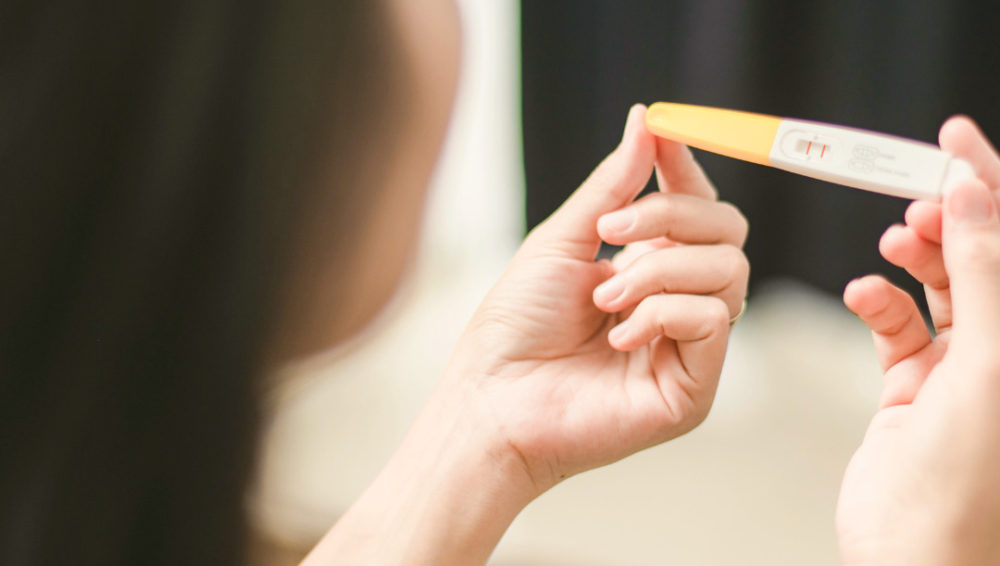Why IVF success rates are lower for Asian women
For East Asian women, including those of Thai, Chinese, Korean, and Japanese descent, the journey toward parenthood might be especially difficult.

For East Asian women, including those of Thai, Chinese, Korean, and Japanese descent, the journey toward parenthood might be especially difficult.
IVF success rates for Asian women are over 30% lower
Many studies show that East Asian women experience poorer outcomes from fresh embryo transfers. A specific study that analyzed data from the Society for Assisted Reproductive Technology, involving 25,843 Caucasian and 1,429 Asian patients, revealed lower cumulative pregnancy and live birth rates among Asian women undergoing In Vitro Fertilization (IVF) compared to Caucasian women. In essence, East Asian women had a 1/3 lower chance of pregnancy from a fresh embryo transfer compared to Caucasian women.
What lowers the IVF success rates for Asian couples?
One possible reason why East Asian women might face more fertility challenges could be how their bodies process estrogen, a key hormone in pregnancy. When a woman undergoes IVF treatment, her body’s estrogen levels can rise. In East Asian women, these levels might be higher compared to Caucasians, which could affect how ready their womb is to accept a fertilized egg.
A study from the University of California, San Francisco (UCSF) adds more to this understanding. Even though East Asian and Caucasian women had similar starting conditions, East Asian women had less success getting pregnant after an Intrauterine Insemination (IUI) — which for many couples is the first fertility treatment they pursue.
Interestingly, when East Asian women used eggs donated by other women for a fresh transfer or during frozen embryo transfers, this difference in success rates disappeared. This suggests that the lower pregnancy success rates in East Asian women could be more about how their wombs react to ovarian stimulation (which is part of IVF treatment), rather than the quality of their eggs.
Potential solutions: Adjusting gonadotropin dosage
Considering these factors, specialists suggest that Asians doing an IVF uses a protocol involving reduced gonadotropin dosage leading up to egg retrieval. Even though this approach may affect the number of eggs harvested, it could help mitigate the effects of stimulation on the uterine environment.
However, it’s worth noting that a lot of research on the topic is based on data from the US studying a US Asian IVF population.
Verified:
Dr. Sirichet Anekpornwattana (Fertility doctor) (1 August 2023)
Sources:
- What is Assisted Reproductive Technology? Centers for Disease Control and Prevention
- Asian ethnicity and poor outcomes after in vitro fertilization blastocyst transfer, National Library of Medicine
- Blastocyst formation rate for Asians versus Caucasians and within body mass index categories, National Library of Medicine
- Treating East Asian Women For Infertility, Fertility IQ



